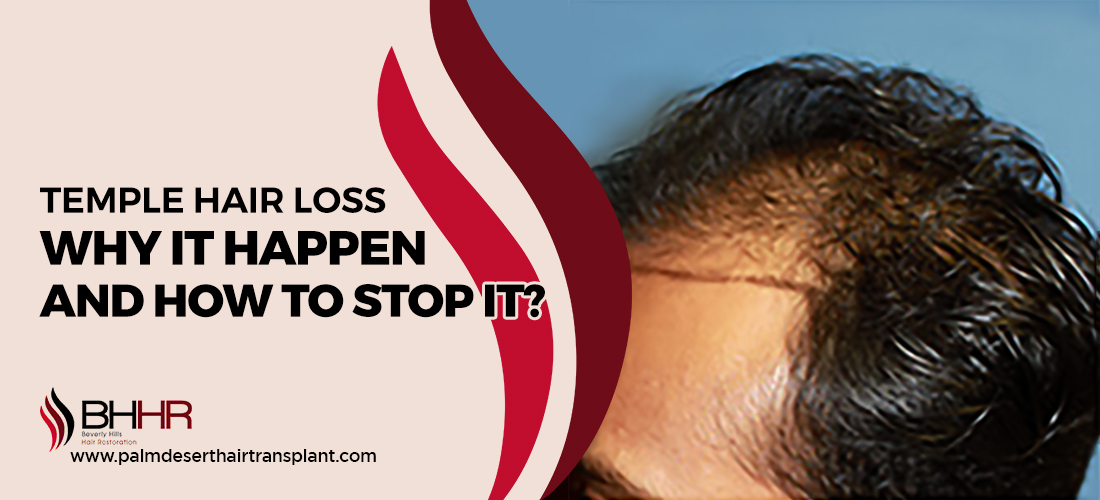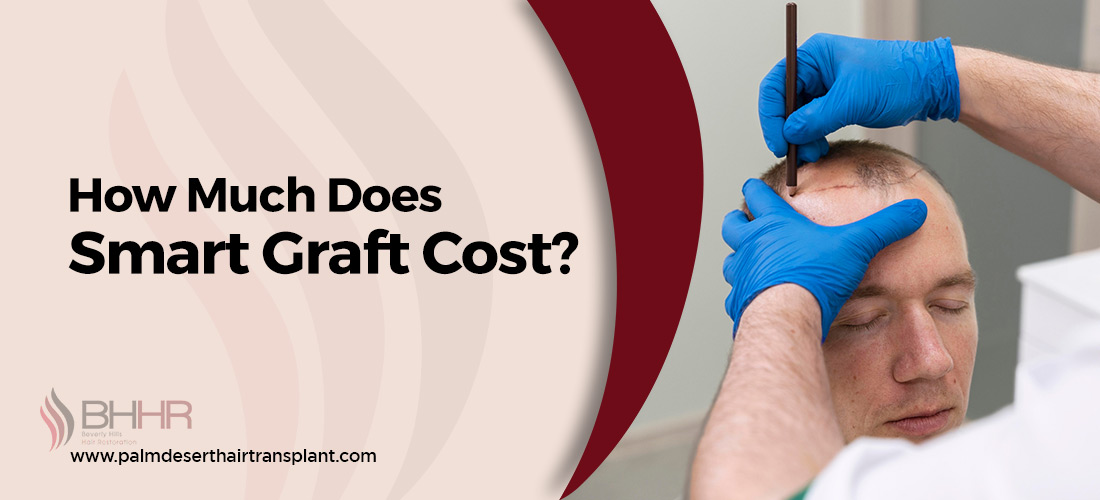FUE vs FUT Hair Transplant– Which Technique is Better for You?
Home / Hair Transplant / FUE vs FUT Hair Transplant– Which Technique is Better for You?
Updated On : August 01, 2025 | Category : Hair Transplant | Author: Beverly Hills Hair Restoration Team

Hair loss is a common problem for many men and women around the world, and more people are now choosing hair transplant because it offers natural-looking results. Among the most popular methods are FUE and FUT. Each method has its own benefits, depending on your hair loss, lifestyle, and what results you want in the long-term goals. Understanding the differences between FUE and FUT is key to selecting the right approach. Choosing wisely helps you get better results and makes sure the treatment matches your personal needs. For anyone exploring hair restoration options in Palm Desert, learning about these techniques is the first step toward renewed confidence.
What is FUE (Follicular Unit Extraction)?
FUE is an advanced method commonly known for its minimally invasive technique. In an FUE hair transplant, each hair follicle is taken out one by one from the donor area—usually the back or sides of the head—using tiny, precise tools. FUE causes less trauma to the scalp and creates only small punctures that are hardly visible even with short haircuts.
What is FUT (Follicular Unit Transplantation)?
FUT, commonly called the strip method, is a traditional and trusted approach in the field of hair restoration. In this procedure, a narrow strip of scalp is surgically taken from the donor area, typically the back of the head, where hair growth is thickest. The strip is then carefully examined under magnification by an expert, who separates it into individual follicular units. Once the grafts are ready, the donor site is closed with stitches, which may leave a fine scar concealed by nearby hair. The follicles are transplanted into areas affected by hair loss, resulting in a natural appearance and permanent hair restoration.
FUE vs. FUT: A Side-by-Side Comparison
Before deciding which hair transplant technique is right for you, it helps to compare them directly. Below is a simple breakdown of the key differences between FUE and FUT in terms—so you can make an informed decision for your requirements.
|
Aspect |
FUE Hair transplant |
FUT Hair Transplant |
|
Extraction |
Individual follicles |
Strip of scalp |
|
Scarring |
Tiny dots, less visible |
Linear scar, behind the head |
|
Recovery |
Quicker, less discomfort |
Longer, stitches are needed |
|
Session Size |
Smaller, multiple sessions may be needed |
Larger, more grafts per session |
|
Cost |
Usually higher |
More affordable per graft |
|
Best For |
Patients wanting minimal scarring & faster recovery |
Patients needing large grafts at a lower cost |
FUT vs FUE: Which is better in terms of recovery?
The recovery period is a crucial factor to consider when choosing between hair transplant procedures. Both FUT (Follicular Unit Transplantation) and FUE (Follicular Unit Extraction) are widely used and considered safe, but they differ significantly in how the recovery process unfolds.
-
FUT Recovery
During FUT, surgeons remove a section of scalp from the donor zone, and the area is then stitched or stapled closed. As a result, patients may experience tightness, soreness, or mild pain in the donor area for a few days after surgery. It’s important to avoid exercise or heavy physical activity for at least two to three weeks. Stitches are typically removed after 10–14 days, and the linear scar left behind is usually hidden under surrounding hair. Some patients notice a faster appearance of growth and denser results after the healing process.
-
FUE Recovery
During FUE, a tiny punch tool is used to extract each follicular unit separately, causing only slight trauma to the scalp. There is no need for stitches, and the tiny extraction sites usually heal within a week. Most people experience mild redness or swelling that subsides in a few days. FUE offers a faster and more comfortable recovery, allowing patients to return to work and non-strenuous activities sooner, typically within 3–5 days. However, like FUT, it’s still recommended to avoid rigorous physical activity for a few weeks.
How to Decide Which Is Better for You
Choosing between FUE and FUT hair transplants depends on your hair restoration goals, lifestyle, and recovery preferences. Below is a quick comparison to help you decide which method is right for you.
Choose FUE if:
- You need minimal scarring.
- A quick recovery is important for your schedule.
- You have a tight scalp or a history of problematic scars.
- A less invasive procedure with minimal discomfort is preferred.
Choose FUT if:?
- You have significant hair loss and need many grafts in one session.
- A linear scar isn’t a concern (or you plan to keep your hair long).
- Cost-effectiveness is a priority for your hair transplant.
- You are willing to accept a slightly longer recovery period.
Patients in Palm Desert are often encouraged to have a personalised consultation to weigh these factors based on their individual needs and lifestyle.
Final Thoughts on Choosing the Right Technique
When it comes to restoring your hair—and your confidence—both FUE and FUT hair transplants offer highly effective, natural-looking results. The best choice depends on your needs, including the extent of hair loss, preferred recovery time, budget, and lifestyle. FUE hair transplant may be ideal for those who want minimal scarring and a quicker return to daily life, while FUT may suit patients needing a larger number of grafts in fewer sessions.
Considering hair restoration in Palm Desert? A personalized consultation is the best way to explore your options. Call us at 760.501.0080 to book your free consultation and take the first step toward natural, lasting results with BHHR.
FUE vs FUT? Find the Answers You Need Before Choosing
How do I choose the right hair transplant method?
Choosing between FUE vs FUT depends on factors like your hair loss severity, scalp condition, budget, and recovery preferences. A personalized consultation with a specialist will help determine which method suits your hair goals and lifestyle best.
How long does it take to recover from FUE or FUT hair transplants?
FUE recovery is usually faster, with most people resuming daily activities within a week. FUT requires a bit more downtime—up to two weeks—due to the stitches and linear incision involved in the procedure.
Which hair transplant technique is less painful—FUE or FUT?
FUE is generally considered less painful because it doesn’t involve stitches or a long incision. FUT may cause more discomfort during recovery due to the sutures and linear scar, though both procedures use local anesthesia for comfort.
Can I wear a hat after a hair transplant?
You can usually wear a loose-fitting hat about 7 to 10 days after an FUE or FUT hair transplant. Always follow your surgeon’s post-op instructions to avoid damaging newly implanted grafts or causing irritation.
What is the most natural-looking hair transplant method, FUE or FUT?
Both FUE and FUT can produce natural-looking results when performed by experienced specialists. FUE is often preferred for minimal scarring, while FUT can provide density in fewer sessions.



